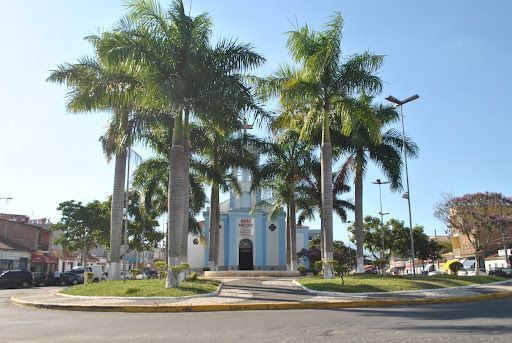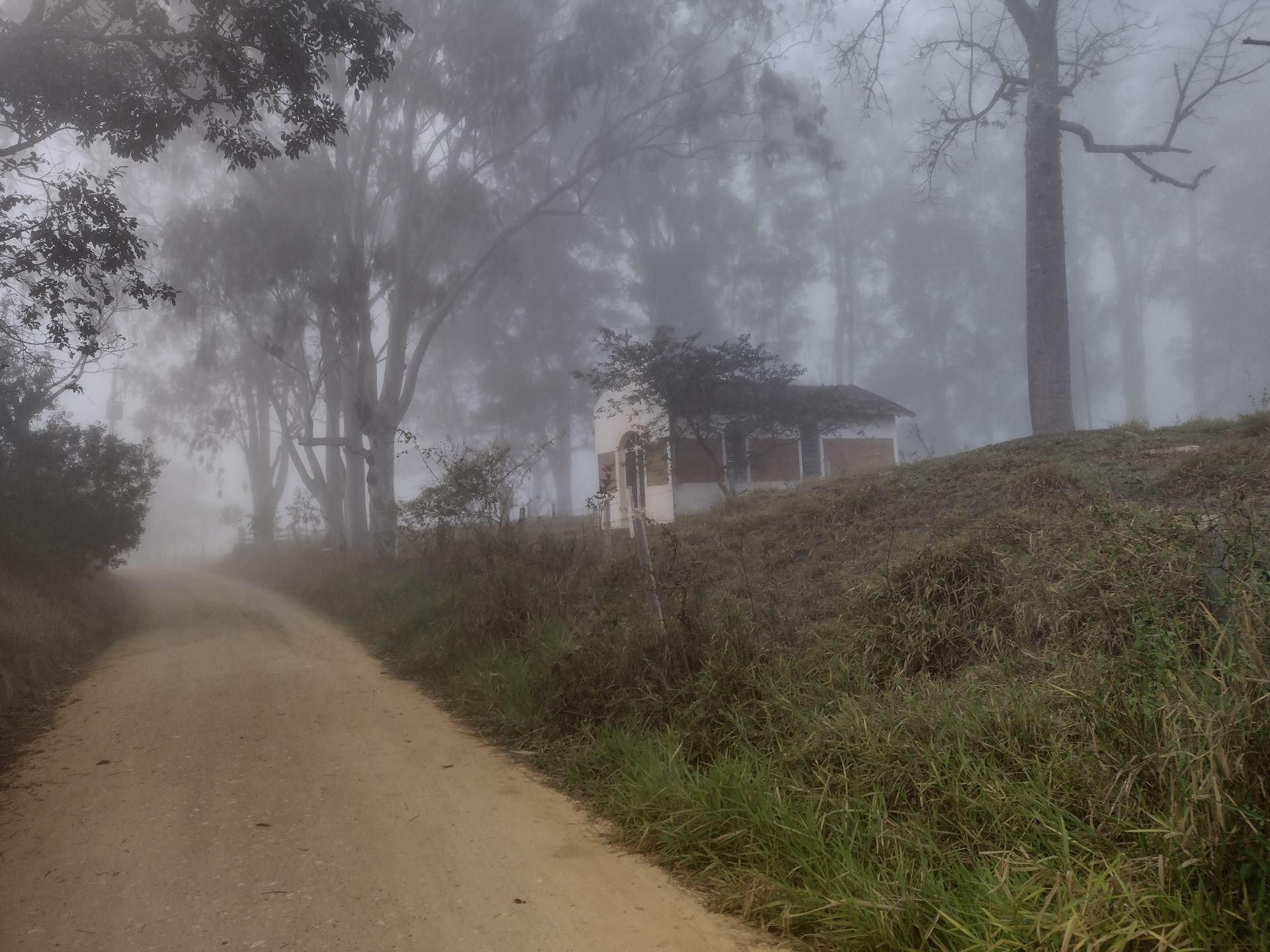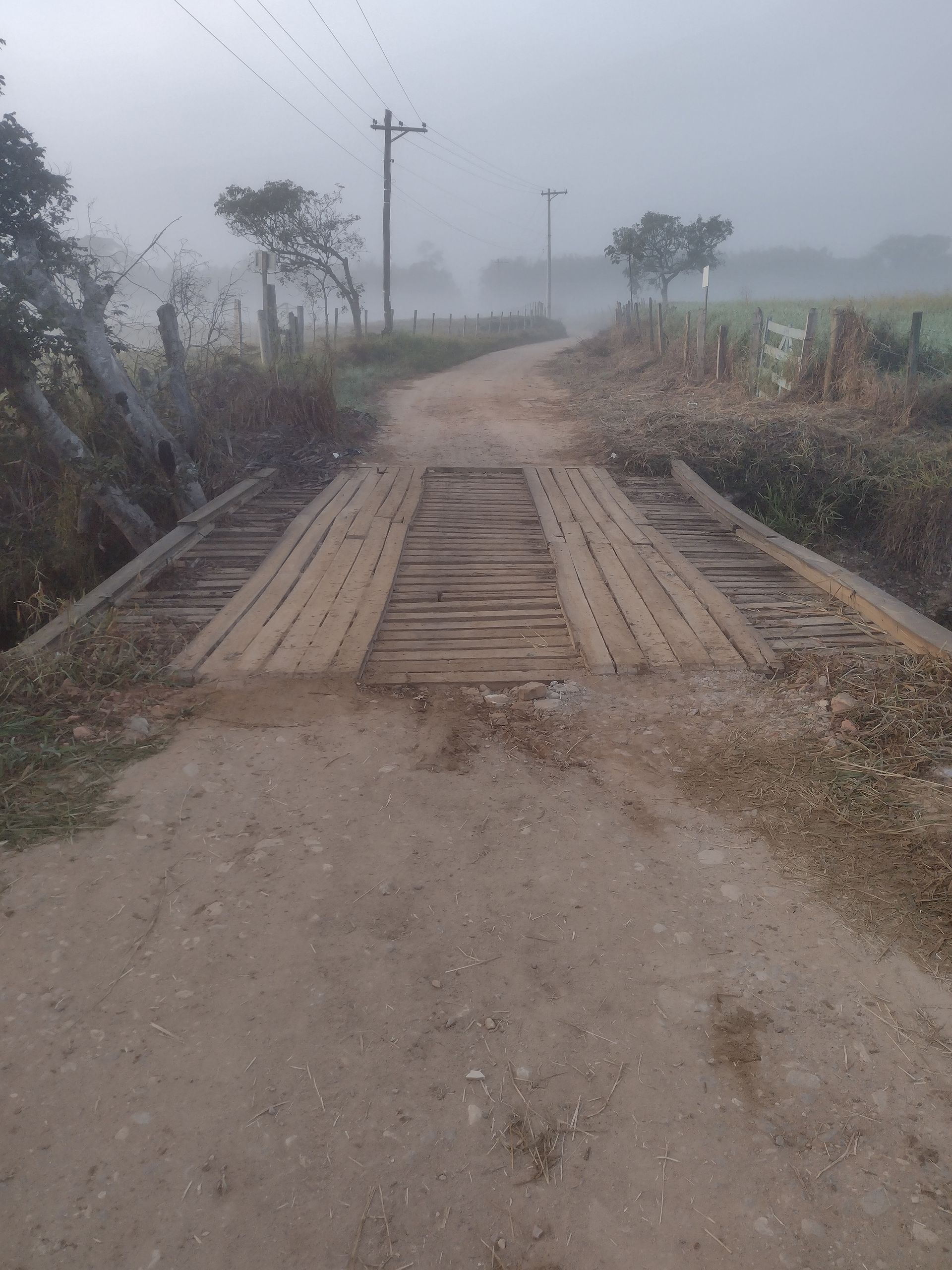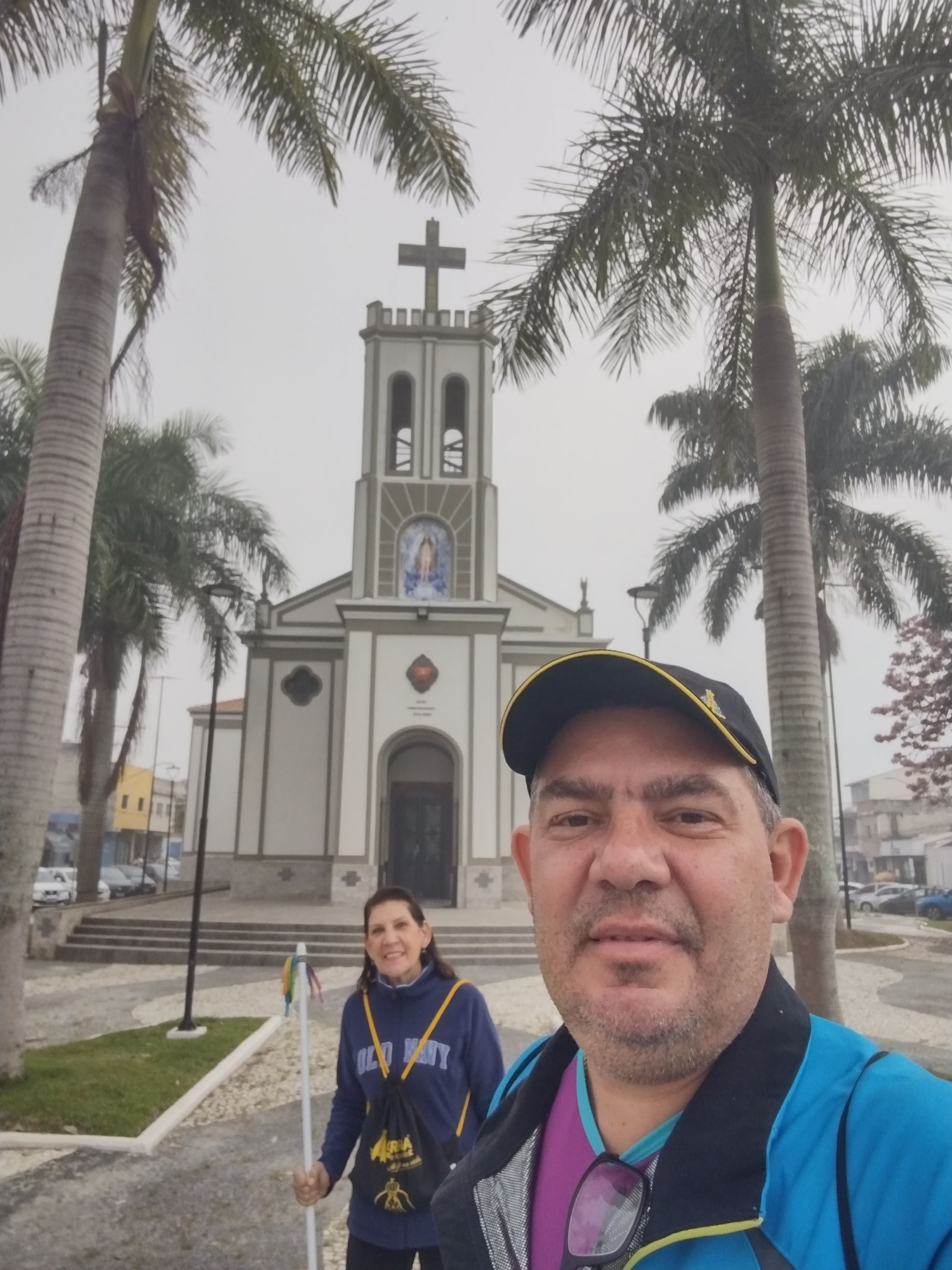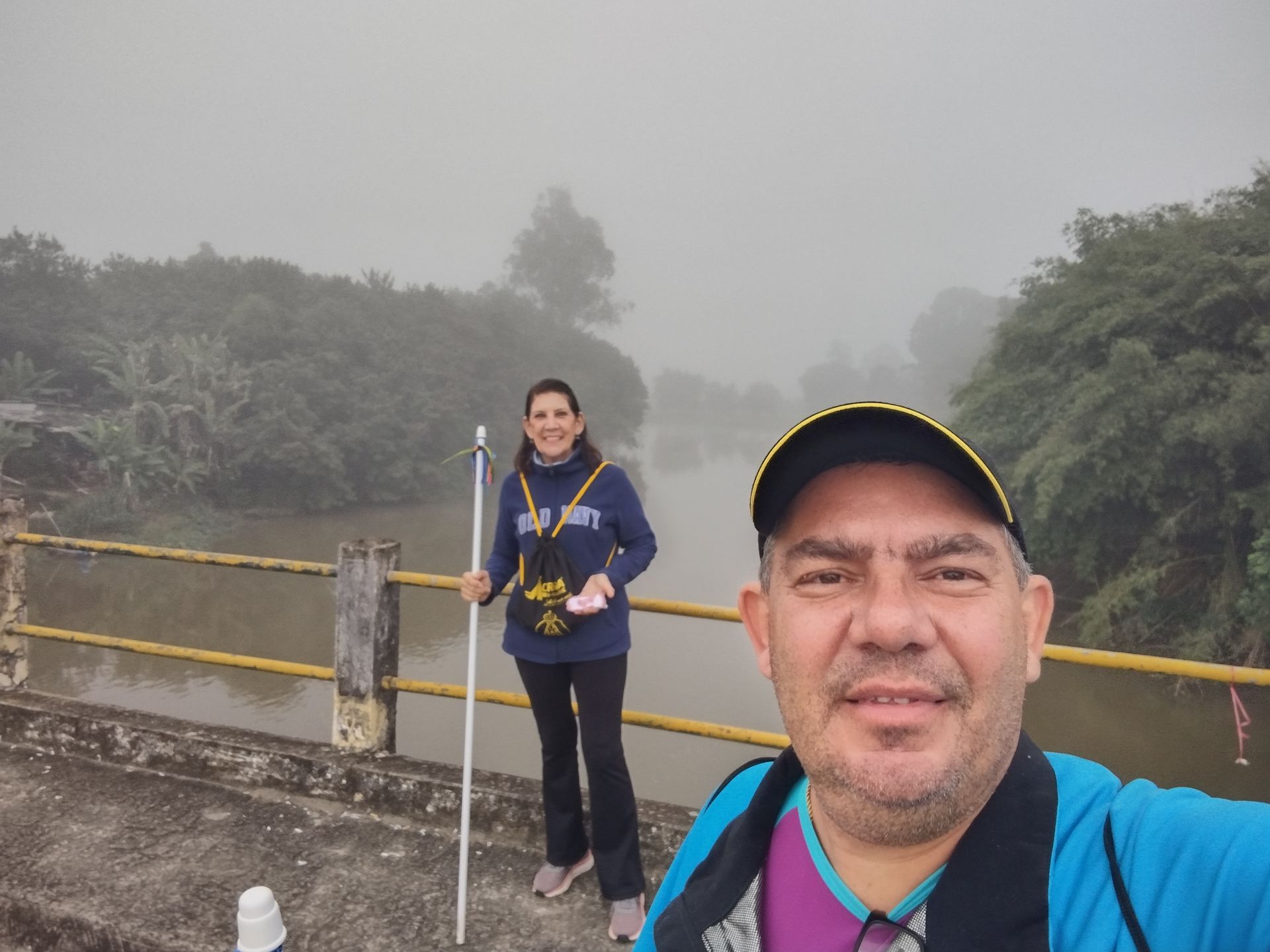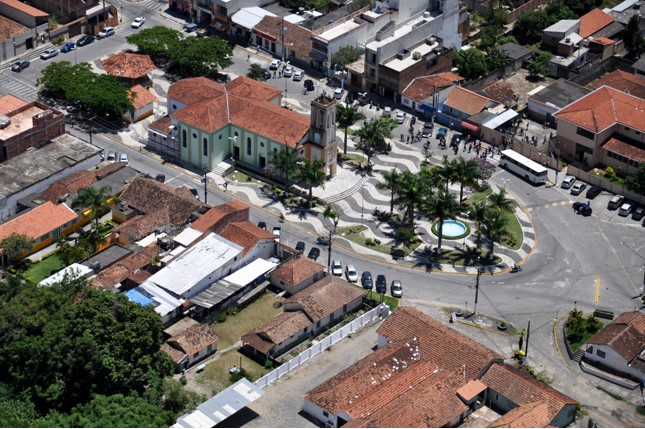Jump - SP
On this page, the Portal Peregrino da Esperança presents the city of Pindamonhangada, located in the interior of São Paulo, which stands out both for its historical importance and for its role in the economic, cultural and social development of the Paraíba Valley. The chosen Patron Saint was Our Lady of Good Success.
🕊️ “When all seems lost, it will be the happy beginning
of complete restoration.” (Our Lady of Good Success)
Features of the City of Salto - SP
The city of Salto, located in the interior of the state of São Paulo, is a municipality that combines historical wealth, urban development and natural beauty in its formation and trajectory. Officially founded in the mid-19th century, Salto grew around the Tietê River Falls, which gave the city its name — “Salto” refers precisely to these waterfalls that enchanted the first residents and visitors. The privileged location, close to important centers such as Itu, Sorocaba and Jundiaí, contributed to its economic and population development over time. Today, Salto is recognized not only for its historical heritage, but also for the quality of life it offers its residents.
The city's history is directly related to the colonization of the interior of São Paulo and the expansion of trade routes between the coast and the interior of Brazil. Salto was a strategic point for cattle drivers and travelers who passed through the region, and its growth was stimulated by agriculture, especially the cultivation of sugar cane, and livestock farming. Over the centuries, the city also developed industrially, diversifying its economy and creating infrastructure to meet the growing demands of the population. However, even with modernization, Salto managed to preserve its cultural and religious traditions, keeping the memory of its origins alive.
The city's historic center is one of Salto's main attractions, with buildings dating back to the 19th and early 20th centuries, many of which are listed as cultural heritage sites. Old churches, colonial mansions and tree-lined squares make up a setting that invites contemplation and a rediscovery of local history. The Igreja Matriz de Nossa Senhora do Monte Serrat, for example, is an important religious and architectural symbol of the city, attracting worshippers and tourists interested in its history and beauty. In addition, Salto hosts traditional festivals and cultural events that reinforce the community's identity and celebrate its roots.
Nature also plays a fundamental role in life in Salto, with green areas, parks and the waterfalls of the Tietê River providing leisure and contact with the environment. The river, which runs through the city, is a reference point for residents and visitors, offering options for sports, hiking and moments of relaxation amidst the natural landscape. Environmental preservation has been a growing concern for local authorities and the community, who seek to balance urban growth with the conservation of natural resources that make Salto a pleasant place to live and visit.
Finally, Salto is a city that reflects the diversity and complexity of the interior of São Paulo, where past and present intertwine to build a plural and dynamic identity. Its historical heritage, its economic vocation and its natural beauty give it a uniqueness that attracts residents and tourists, valuing its culture and way of life. Salto remains an example of a city that has managed to grow while respecting its traditions, promoting sustainable development and offering quality of life to its inhabitants, consolidating itself as an important regional hub in the state of São Paulo.
The inclusion of the city of Salto on the Caminho do Sol route represents a significant connection between the history, spirituality and nature that permeate this traditional pilgrimage route in the interior of São Paulo. Salto, with its rich cultural heritage and its landscape marked by the Tietê River waterfalls, offers pilgrims not only a strategic point of passage, but also an environment conducive to reflection and inner encounter. The presence of the city on the route expands the meaning of the Caminho do Sol, by adding its path to a setting that combines natural beauty, history and hospitality, fundamental elements for the experience of those who choose to walk in search of meaning and spiritual renewal.
The stretch of the Caminho do Sol that passes through Salto allows pilgrims to experience the peaceful and serene atmosphere typical of cities in the interior of São Paulo, marked by the harmonious coexistence between the urban environment and the green areas that surround the city. The journey through the historic streets and natural landscapes of the region offers moments of contemplation that complement the physical walk, expanding the spiritual dimension of the journey. In addition, the proximity of the Tietê River and its waterfalls gives a symbolic and revitalizing character to the route, reinforcing the connection between the sacred and nature that is so present in the tradition of pilgrimage routes.
Salto also stands out for the hospitality of its people, who welcome pilgrims with kindness and generosity, creating an essential support network for those who travel long distances on foot. Local establishments, such as inns, restaurants and shops, have adapted to meet the needs of walkers, strengthening the bond between the community and the Caminho do Sol. This interaction between residents and pilgrims promotes a cultural exchange that enriches the experience for both, in addition to contributing to the economic and social strengthening of the city.
The integration of Salto with Caminho do Sol also favors the appreciation of religious and ecological tourism, boosting the conservation of the city's historical and environmental heritage. The constant flow of visitors encourages investment in infrastructure and preservation programs, which seek to maintain a balance between urban growth and the protection of natural beauty. This dynamic makes Salto an example of how pilgrimage tourism can be an instrument for sustainable development, respecting local identity and promoting the population's quality of life.
In this way, Salto assumes a fundamental role within the Caminho do Sol, functioning not only as a physical stage of the route, but as a space for welcome, contemplation and connection. The city, with its traditions, history and environment, contributes to the pilgrim's journey being full, enriched by experiences that go beyond physical effort and that touch the spirit. Salto thus becomes a place of passage and transformation, where the Caminho do Sol reveals its true essence as a path of faith, culture and nature.
The main church of Salto, dedicated to Our Lady of Monte Serrat, is one of the city's main historical and religious symbols, whose history reflects the formation and development of the municipality over the centuries. Its construction dates back to the colonial period, when the first communities settled on the banks of the Tietê River, attracted by the fertile lands and waterfalls that gave the city its name. From the earliest times, the main church played a fundamental role in the lives of the residents, functioning not only as a place of worship, but also as a social and cultural center around which the community organized itself.
Over the years, the church underwent several renovations and expansions to meet the growing population and liturgical needs of the time. The architecture of the main church combines elements of the Baroque style, characteristic of colonial churches in São Paulo, with features that were incorporated in later periods, resulting in a building that reflects the aesthetic and functional evolution of the temple. The main altar, sacred images and artistic details reflect the faithful's appreciation for religious devotion and the value of cultural heritage, elements that were carefully preserved and restored over time.
The Igreja Matriz de Nossa Senhora do Monte Serrat played a prominent role not only in the religious life of the city, but also in the social history of Salto, accompanying important events and celebrating the traditions that marked the daily lives of its inhabitants. It was the stage for festive celebrations, weddings, baptisms and masses that brought together families and entire communities, strengthening social and spiritual ties. The festival in honor of the patron saint, held annually, is an emblematic moment in which the church assumes a central role, attracting faithful and tourists who participate in the celebrations and processions, reaffirming the faith and cultural identity of the city.
In addition to its religious aspect, the church is an important historical heritage that represents the collective memory of Salto. Its preservation and conservation are seen as a duty of the community and local authorities, who recognize the church as a living testimony of the past and a space for connection between generations. The care for the temple reflects the respect for history and the appreciation of the symbols that reflect the essence of the city and its people, making the church a heritage not only architectural, but also emotional.
Thus, the Igreja Matriz de Nossa Senhora do Monte Serrat remains a fundamental landmark of Salto’s identity, integrating faith, history and culture in a single space. Its imposing and welcoming presence invites residents and visitors to immerse themselves in religious tradition and celebrate a legacy built over centuries. In every detail of its structure and in every ceremony held, the church keeps alive the flame of devotion and the continuity of the roots that sustain the life of the Salto community.
The monument to Our Lady of Monte Serrat is a significant expression of local faith and culture, representing a tribute to the patron saint who plays a central role in the community's spirituality. Its history is deeply linked to the popular devotion that developed over the centuries, when the image of Our Lady of Monte Serrat began to be venerated as the protector of the inhabitants and a symbol of hope. The monument, erected in a prominent location in the city, reflects the public and collective recognition of this devotion, becoming not only a religious reference point, but also a tourist and cultural point of reference for Salto and the region.
The construction of the monument was motivated by the population's desire to celebrate and perpetuate the importance of Our Lady of Monte Serrat to the city's identity. With careful planning and execution, the monument was designed to express the reverence and gratitude of the faithful, as well as to inspire reflection and prayer. Its strategic location, usually in high places or with easy visual access, symbolizes the protection that the patron saint exercises over the city, while the imposing structure invites visitors to contemplate the image and connect with its spiritual meaning.
In addition to its religious value, the monument to Our Lady of Monte Serrat in Salto also represents an important artistic work, marked by elements that dialogue with the sacred tradition and cultural heritage of the region. The sculpture, often imposing in size and detailed in its construction, expresses the delicacy and strength of the Marian figure, bringing to light symbolic aspects that resonate with the history of faith of the community. The construction of the monument involved not only material resources, but also the engagement of the residents, who saw in the work a way to strengthen the feeling of belonging and unity.
Over time, the monument has become a place of pilgrimage, celebration and contemplation, especially during the festivals dedicated to the patron saint, when believers from different regions gather to participate in the ceremonies and express their devotion. These moments reinforce the importance of the monument as a space for spiritual and social encounter, creating bonds between people and renewing the religious tradition that has spanned generations. The maintenance and conservation of the monument are also a reflection of the community's commitment to preserving this symbolic heritage that defines part of Salto's identity.
In this way, the monument to Our Lady of Monte Serrat in Salto is more than just a physical work; it is a living testimony to the faith, history and culture of a city that finds in Marian devotion one of its fundamental pillars. It is part of the urban and spiritual landscape of the municipality, serving as a permanent invitation to reflection, prayer and celebration of the protective presence of Our Lady. Through it, Salto reaffirms its connection with centuries-old traditions and preserves a legacy that continues to inspire residents and visitors in their journey of faith.
Photographs of the City of Salto - SP
